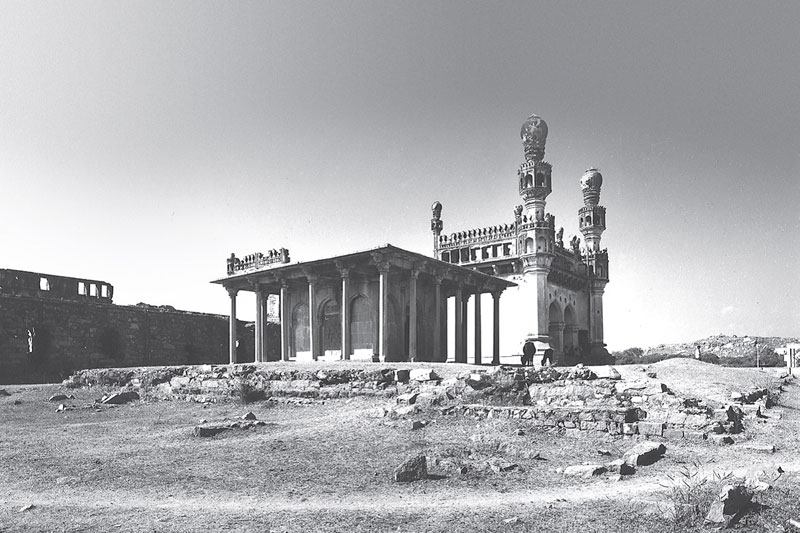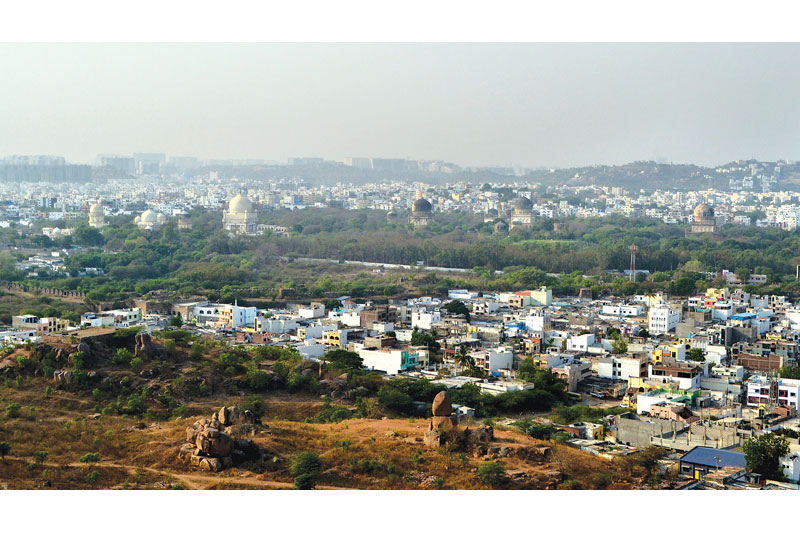Traditional Practices
A Reading From Shaikpet Sarai | Sriganesh Rajendran
LA 52 |
|
| ShaikpetSarai is illustrative of how historic sites expand with the times to meet their needs and, thus, extend their capabilities to adopt new roles. It depicts how history does not necessarily have to be written over to make room for community growth, and shows how historical conservation and societal revitalization can be made to complement one another while still retaining their individual identities.
|
|
 |
|
Serai: The usual meaning in India is that of a building for the accommodation of travellers with their pack-animals; consisting of an enclosed yard with chambers around it. (Hobson-Jobson, 1903)
A large building for the accommodation of travellers, common in Eastern countries. The word is Persian and means in that language, 'a place, the king's court, a large edifice'; hence karavan-serai, by corruption caravanserie, i.e. place of rest of caravans. The erection of these buildings is considered highly meritorious by Hindus as well as Mohammedans, who frequently endow them with rents for their support. (The Penny Cyclopedia of The Society for the Diffusion ofUseful Knowledge. Vol XXI. London. 1829)
The historic reign of the QutbShahi dynasty/Golconda Sultanate (1512- 1687) inherited a complex terrain of hillocks and fractures as the settings for their architecture. Judicious interpretation of the natural landscape led to the siting of trade routes, fortifications, tomb complexes, water reservoirs, percolation ponds, stepped wells, aqueducts and subterranean conveyance systems, pleasure gardens, orchards and water distribution mechanisms. Some of these systems lie in close proximity to erstwhile settlements or remnant historic building complexes, while others are found today in the midst of dense modern-day settlements. Many are already lost in the wake of modern developments. Collectively, these man-made systems and their landscape settings - past and present - form a tangible layer of the larger cultural landscape of Hyderabad. One such setting is that of the Shaikpet Mosque and Sarai, enroute to the Golconda Fort.
|
|


|
|

|
|
|
|
|